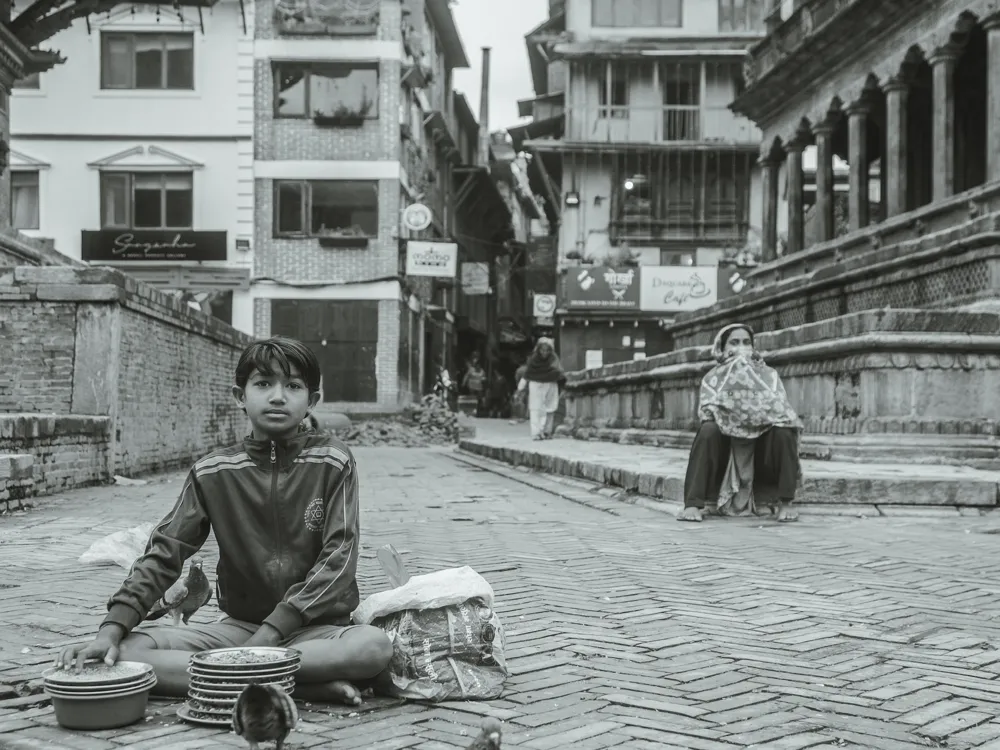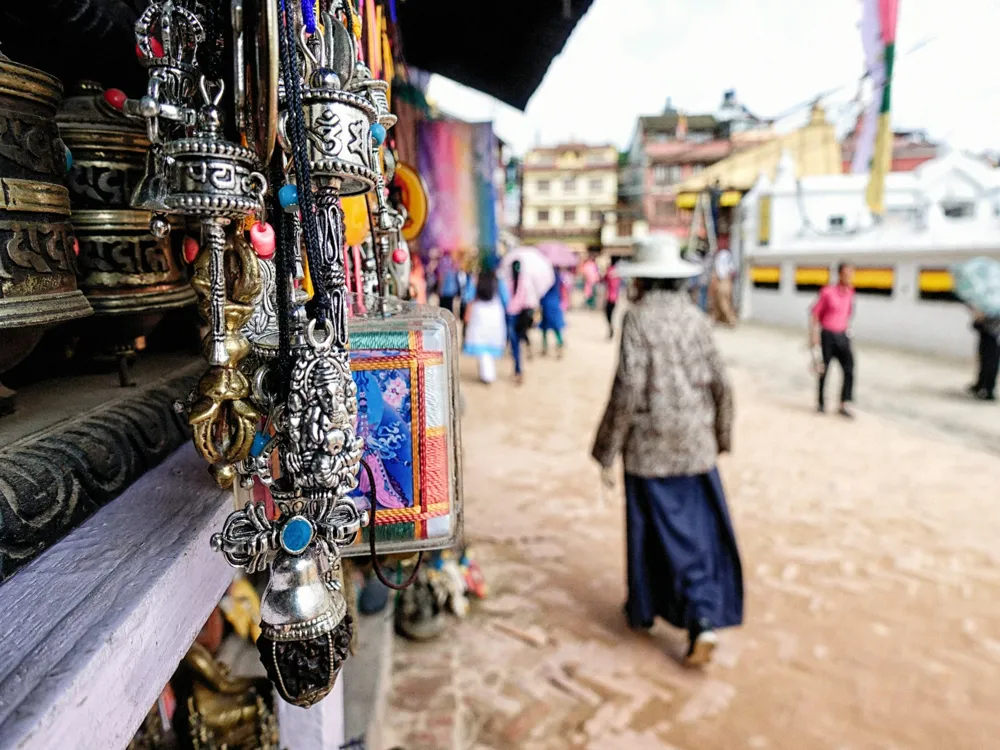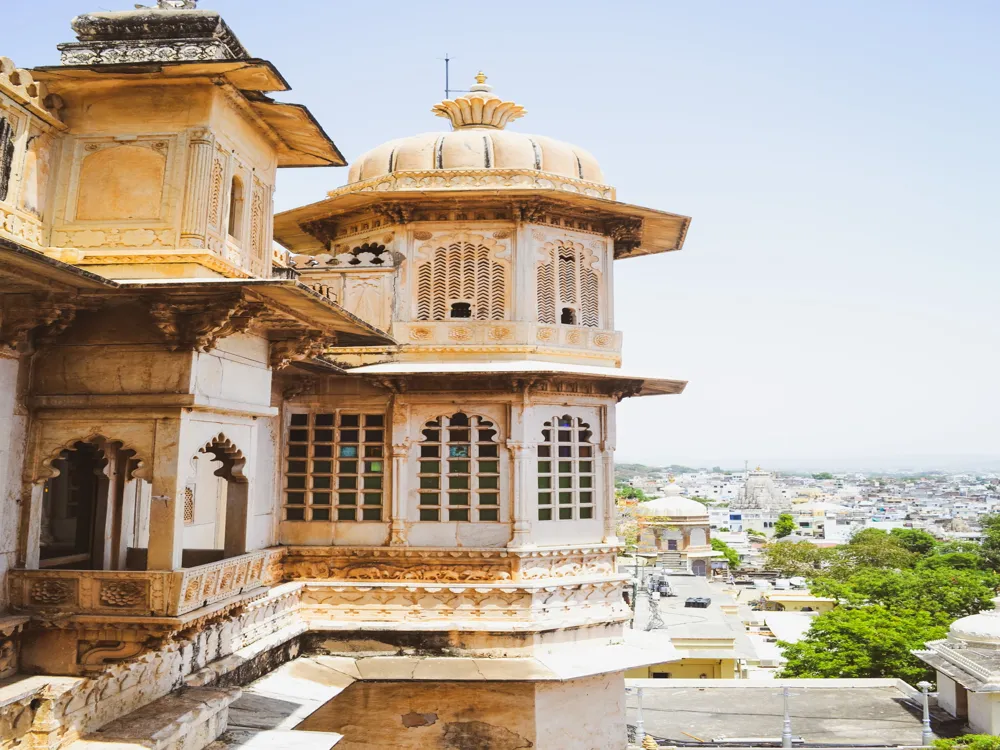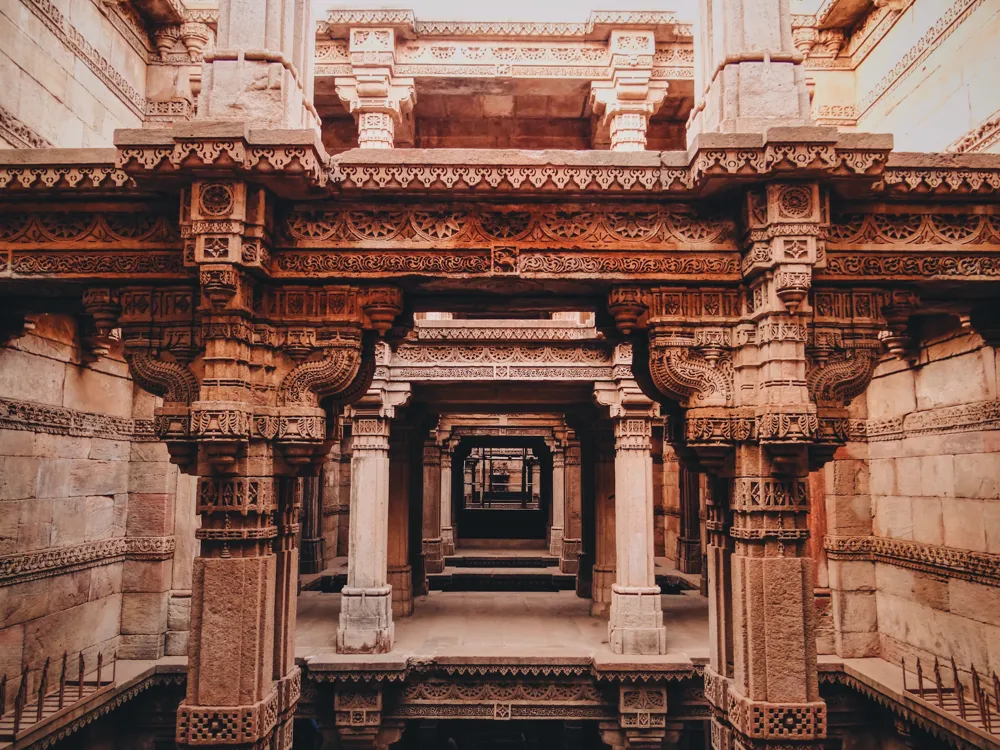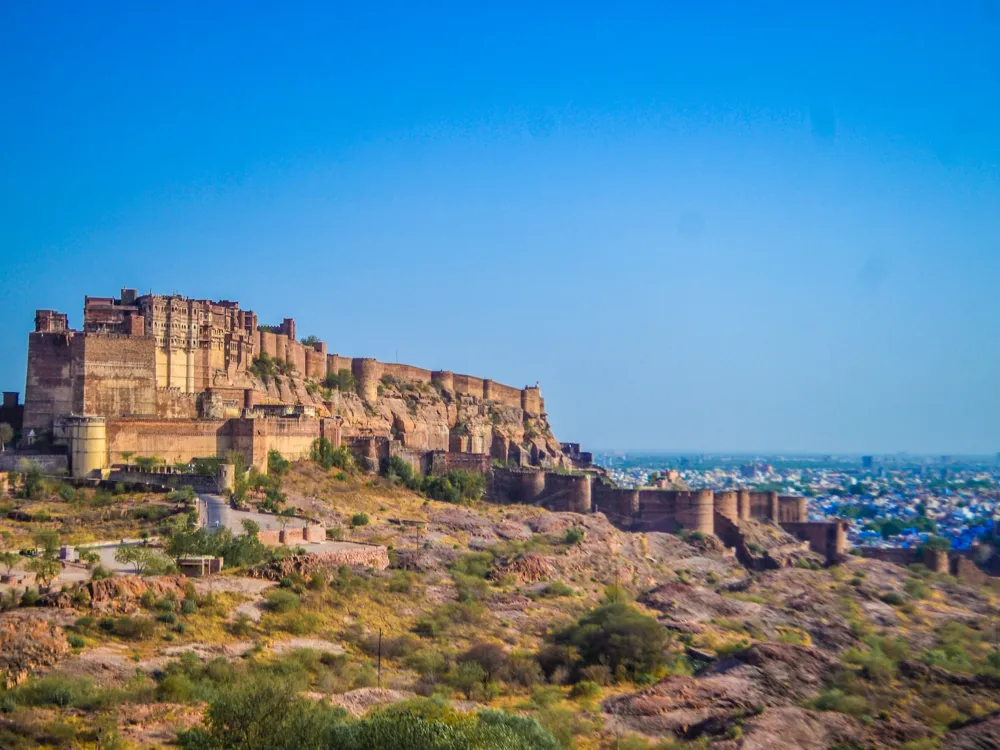Nestled in the ancient city of Patan Nepal, Kumbeshwar Temple stands as a magnificent testament to the rich cultural and religious heritage of the region. This Hindu temple, dedicated to Lord Shiva, is not only a place of devout worship but also a marvel of architectural brilliance. With its history dating back to the 14th century, Kumbeshwar Temple is one of the oldest and most revered temples in Nepal. It is a pivotal landmark that encapsulates the spiritual essence of the city and offers a profound insight into the religious practices of Hinduism. The temple's unique five-story structure is an awe-inspiring sight, commanding attention with its intricate wood carvings and detailed metalwork. Each level of the temple serves a specific religious purpose, and its design reflects a blend of Hindu and Buddhist architectural elements. The temple's sanctity is further enhanced during major Hindu festivals like Janai Purnima when thousands of pilgrims flock here to pay homage. This makes the Kumbeshwar Temple not just a spiritual haven but also a hub of cultural and communal harmony. Over the centuries, Kumbeshwar Temple has survived numerous natural disasters, including earthquakes, but has stood resilient, symbolizing the unyielding faith of the people. Restoration efforts have been paramount in preserving its original design and historical significance. Today, the temple is not just a religious site but also a beacon of Nepalese heritage, attracting historians, architects, and tourists from around the world. The architecture of Kumbeshwar Temple is a splendid example of the classic Nepalese temple design that flourished during the Malla dynasty. The temple's structure is predominantly built in the Pagoda style, a form that is deeply rooted in Nepalese architectural traditions. The five-tiered roof, each diminishing in size as it ascends, creates a pyramid-like silhouette that is both majestic and harmonious. Intricate wood carvings adorn the temple's struts, doors, and windows, depicting various deities and mythological scenes. These carvings not only enhance the aesthetic appeal of the temple but also narrate stories from ancient scriptures. Similarly, the metalwork, especially in the temple's torana (the arched gateway), is an exemplary work of art. The use of copper and bronze in the temple's construction adds a unique charm and longevity to the structure. The temple’s interior is equally captivating, with its sanctum housing a revered Shiva lingam. This lingam is believed to date back to the 14th century and is an object of veneration during Shivaratri and other significant Hindu festivals. The temple complex also includes smaller shrines and a holy pond, which are integral to the temple's religious practices. Kumbeshwar Temple's architecture is not only a manifestation of religious devotion but also a testament to the skilled craftsmanship of the Newari artisans. The blend of architectural styles - the pagoda style intertwined with Buddhist influences - reflects the syncretic nature of Nepalese culture. This architectural marvel, therefore, stands as a significant symbol of Nepal's rich history and cultural diversity. Visitors should wear modest clothing that covers shoulders and knees as a sign of respect in this sacred place. While photography is allowed, it's important to be mindful and respectful, especially during prayer times or religious ceremonies. Engage with the local customs and participate in rituals if possible, but always ask for permission and guidance from the temple authorities or local guides. Consider taking a guided tour to gain deeper insights into the temple's history, architecture, and religious significance. Always maintain a respectful demeanor within the temple premises and avoid loud conversations or inappropriate behavior. Kumbeshwar Temple, located in the heart of Patan, is easily accessible by various means of transportation. For international visitors, the nearest airport is the Tribhuvan International Airport in Kathmandu. From the airport, one can hire a taxi or take a local bus to Patan. Once in Patan, the temple is within walking distance from Patan Durbar Square, a major cultural landmark. Alternatively, hiring a rickshaw or a local guide can be a convenient way to reach the temple while also exploring the surrounding areas. For those already in Kathmandu, public buses, taxis, and rideshare services provide direct routes to Patan. The journey offers a scenic view of the Kathmandu Valley and is an excellent opportunity to experience the local lifestyle. Upon reaching Patan, the temple's location in the old city's intricate alleyways provides a unique and culturally rich walking experience. Read More:Overview of Kumbeshwar Temple, Patan, Nepal
Architecture of Kumbeshwar Temple
Tips When Visiting Kumbeshwar Temple
Dress Appropriately
Photography Etiquette
Local Customs and Traditions
Guided Tours
Respect the Sanctity
How To Reach Kumbeshwar Temple
Kumbeshwar Temple
Patan Nepal
NaN onwards
View patan-nepal Packages
Patan-nepal Travel Packages
View All Packages For Patan-nepal
Top Hotel Collections for Patan-nepal

Private Pool

Luxury Hotels

5-Star Hotels

Pet Friendly
Top Hotels Near Patan-nepal
Other Top Ranking Places In Patan-nepal
View All Places To Visit In patan-nepal
View patan-nepal Packages
Patan-nepal Travel Packages
View All Packages For Patan-nepal
Top Hotel Collections for Patan-nepal

Private Pool

Luxury Hotels

5-Star Hotels

Pet Friendly








